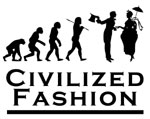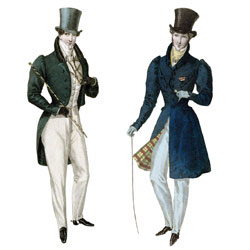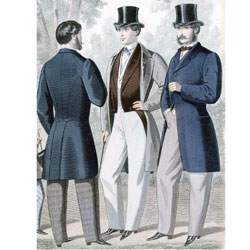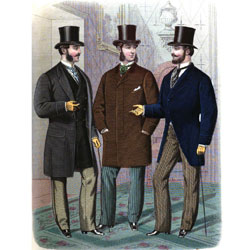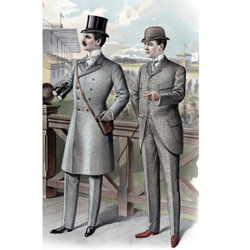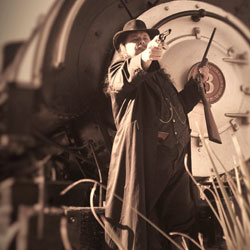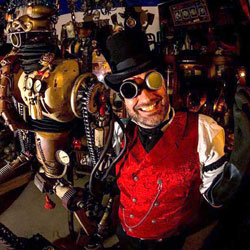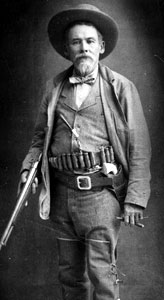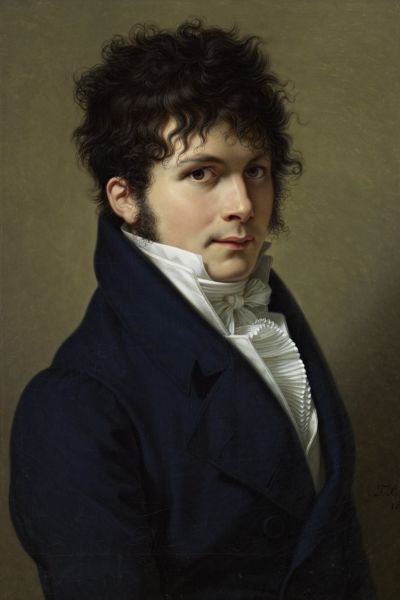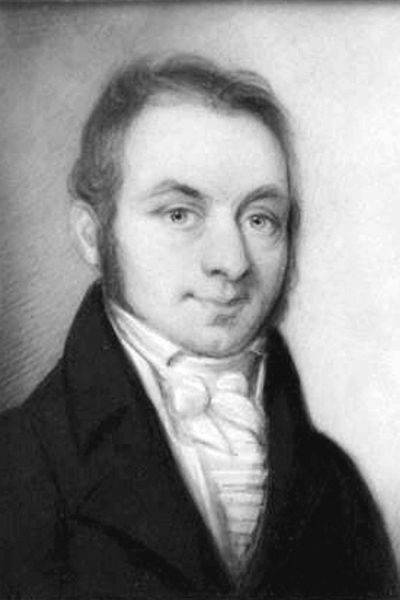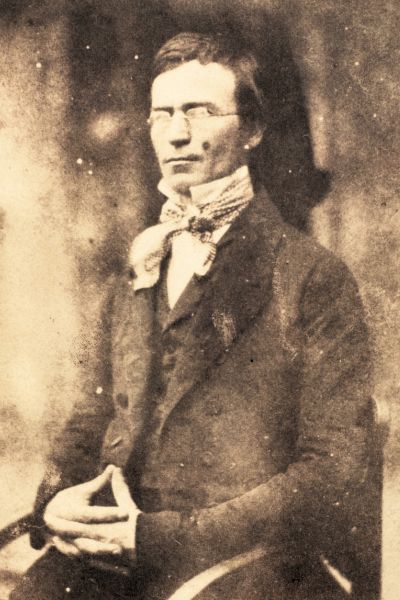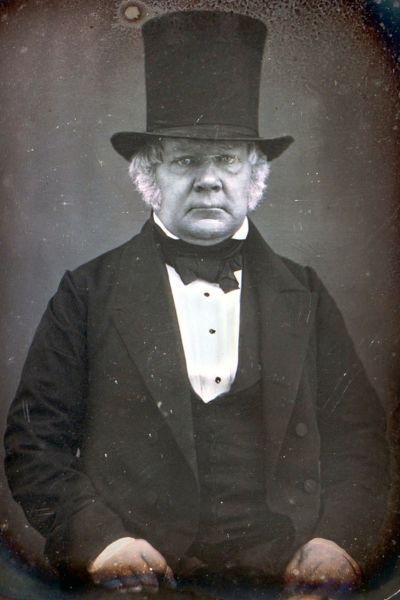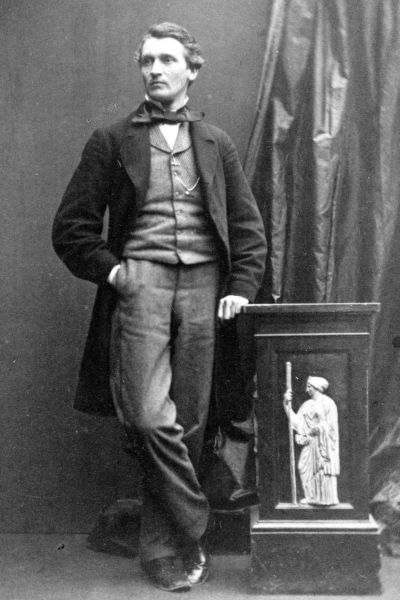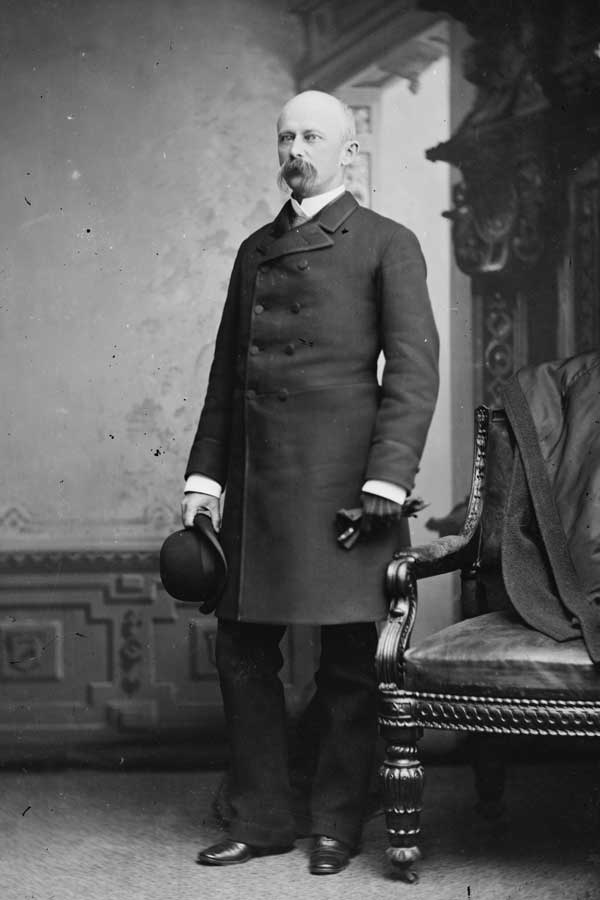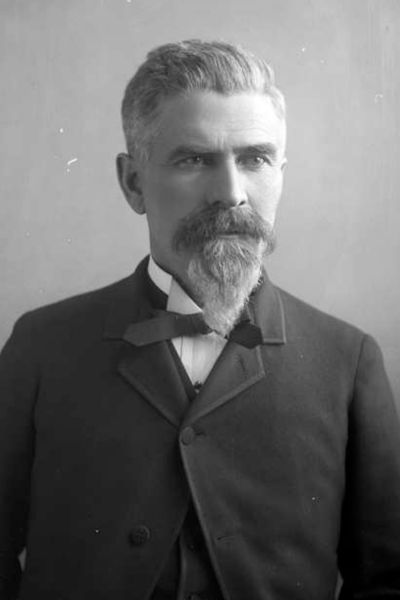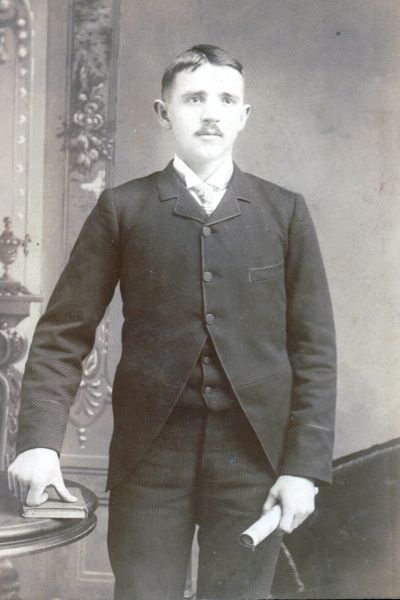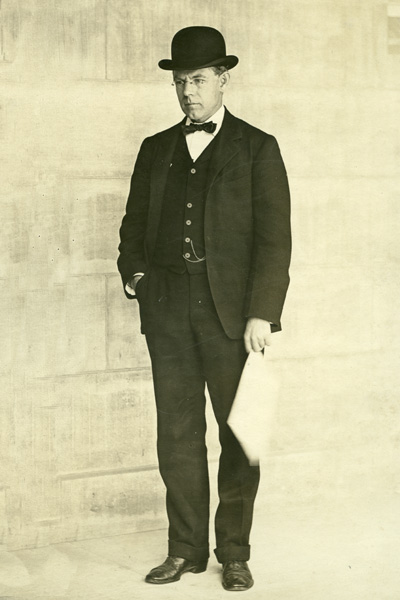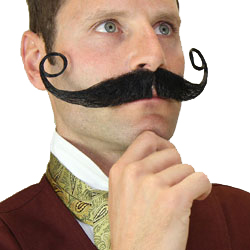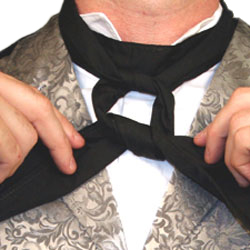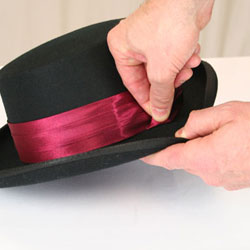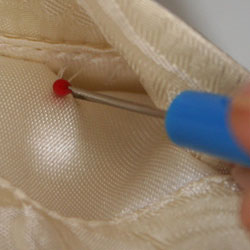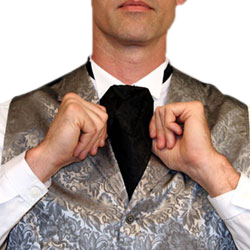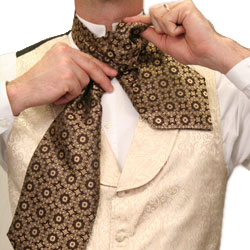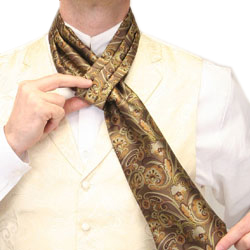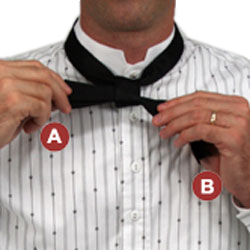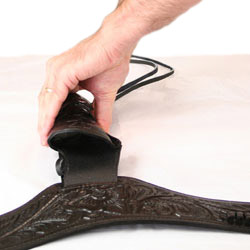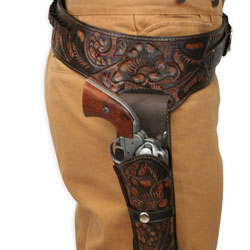Prices and Availability Subject to Change. Please call 800-997-4311 for more Information.
Historical Fashion Information and How-To Guides
Over the years, we've gathered lots of helpful information on historical fashion, as well as how to wear our period-correct clothing and accessories. Here are all of those articles, gathered in one place for your convenience.
If you have any questions, or have suggestions about additional information we should include here, please let us know!
Historical Fashion Guides
Let us Know What You Think!
We're always looking for ways to improve our how-to guides, or add new ones. If you have any suggestions, or have any questions, please let us know!
Mens 1800s Fashion Trends
Men's Fashion in the 1800s
Men's fashion in the 1800s underwent a significant transformation, moving from ornate and flamboyant styles at the beginning of the century to more standardized and practical looks by the end.
Here's a summary of the key changes:
Early 1800s (1800s-1830s): Fashion shifted from elaborate decoration to understated elegance, emphasizing tailoring and quality fabrics. The tailcoat was a dominant garment, evolving in style throughout these decades. The Romantic movement in the 1820s and 1830s briefly brought back more dramatic and theatrical elements, including slimmer waists and more colorful accessories.
Mid 1800s (1840s-1860s): Conservatism and practicality became increasingly important, influenced by figures like Queen Victoria and Prince Albert. The frock coat rose in prominence for daywear, gradually replacing the tailcoat. The sewing machine and the rise of ready-to-wear clothing began to impact fashion, leading to more accessible and standardized styles. Silhouettes started to become slimmer and more tailored in the 1860s.
Late 1800s (1870s-1890s): The Gilded Age and the rise of the middle class further shaped fashion towards practicality and mass production. Ready-to-wear became widely available. The sack suit gained popularity, especially for office workers, becoming a standard and more casual alternative to frock coats. The tuxedo emerged as evening wear, signaling a move away from the more formal tailcoat for all occasions except the most formal. By the 1890s, men's fashion was largely standardized, mass-produced, and focused on practicality and comfort, resembling the foundations of modern menswear.
In essence, the 1800s saw men's fashion evolve from the aristocratic and decorative styles of the late 1700s, through periods of romanticism and increasing practicality, to the beginnings of modern, standardized menswear driven by industrial advancements and changing social norms.






